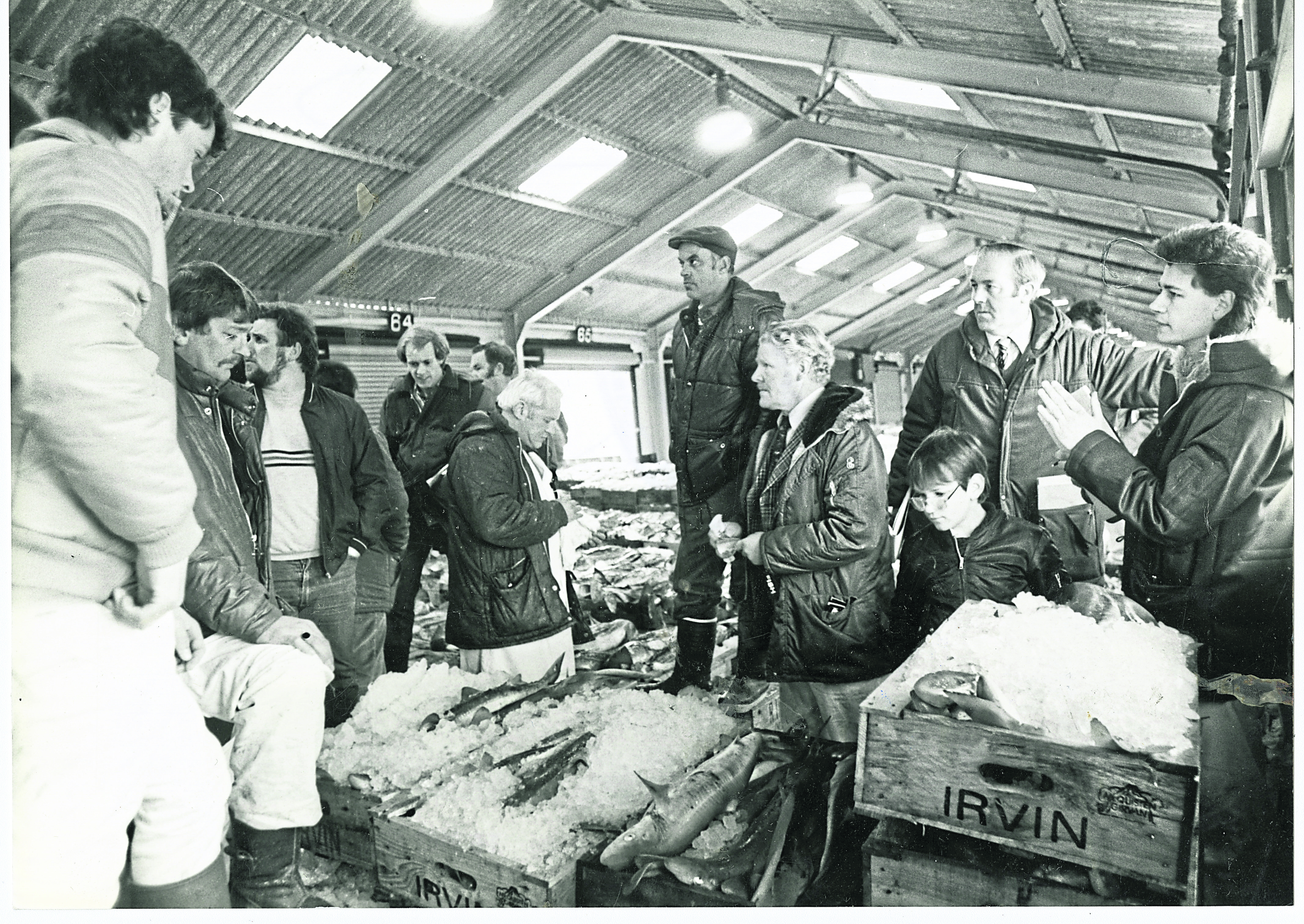North-east Scots, usually known as ‘the Doric’ or ‘Toonser’ has been the subject of a new documentary, made by the University of Aberdeen’s Elphinstone Institute.
The video explores the past, present and future of the Mither Tongue, and is filmed and produced by Mearns-based production firm Pict Digital and Alistair Heather of the Elphinstone Institute.
Doric poets Jo Gilbert and Sheena Blackhall share their experiences working in the language at both local and national levels, and the everyday difficulties of using Doric, from knowing when to switch from a Scots to an English voice, to trying to decide what usage is ‘authentic’.
Banff Academy’s Dr Jamie Fairbairn and recent graduate Robert Legge discuss their successes at introducing the new SQA Scots Language Award to the curriculum, and the positive ramifications of their efforts.
The narration is provided by Simon Gall, a public engagement officer at the Elphinstone Institute. Although a regular speaker of Doric Scots at home, it was the first time he had engaged with it professionally.
Mr Gall said “Fan I’m spikin wi ma faimily, I aye eese ma Doric but I dinna really tak it oot the hoose. Narratin this film has been braw as its teen me oot o ma comfort zone; somethin I wis needin. As Doric grows in status, mair fowk’ll tak their Doric oot o the hoose an back in tae work, an intae mair formal situations.”
The documentary is anchored by the expertise of two academics with a deep north-east connection. Professor Jennifer Smith of the University of Glasgow is a native of Portessie – kent as ‘the Sloch’ – and is a speaker of Doric as a first language.
She has studied and has published on the intergenerational learning of Scots in Buckie and Shetland. She is joined by the University of Aberdeen’s Professor of Linguistics Robert McColl Millar, who has published important work both on Scots in general and on North-East varieties in particular.

Around half of all north-easters have some skill with the Scots language, as revealed in the 2011 Scottish census.
Some communities in places such as Buckie on the Moray coast have an even greater density of speakers – above 60% in some cases. That’s a higher percentage of Scots speakers in Buckie than you’ll find Gaelic speakers in Stornoway.
North-east Scots refers specifically to the dialects of Scots that exist from roughly the Esk river in Angus round to the Moray Firth. These dialects of the wider Scots language have several features which set them apart form other dialects, such as using ‘fit’, ‘far’, and ‘fa’ where in other Scots dialects ‘whit’, ‘whaur’ and ‘wha’ are common.
Scots is one of modern Scotland’s main languages, alongside English, Gaelic and British Sign Language.
Scots has been spoken in Scotland for many centuries and is spoken today throughout the north, east and south of the country and also in Orkney and Shetland. Scots is a branch of the Germanic family of languages which includes Dutch, English, Frisian, and the Scandinavian languages.
The Elphinstone Institute is the university department which studies and celebrates the culture of the north-east.
It is currently involved in several initiatives to promote north-east Scots. These include running evening classes where the language can be studied, and being part of the North-East Scots Language Board, as well as contributing towards the forthcoming Doric Film Festival.
If you are part of promoting Doric, or would like to know more, contact the Elphinstone Institute at northeastculture@abdn.ac.uk
